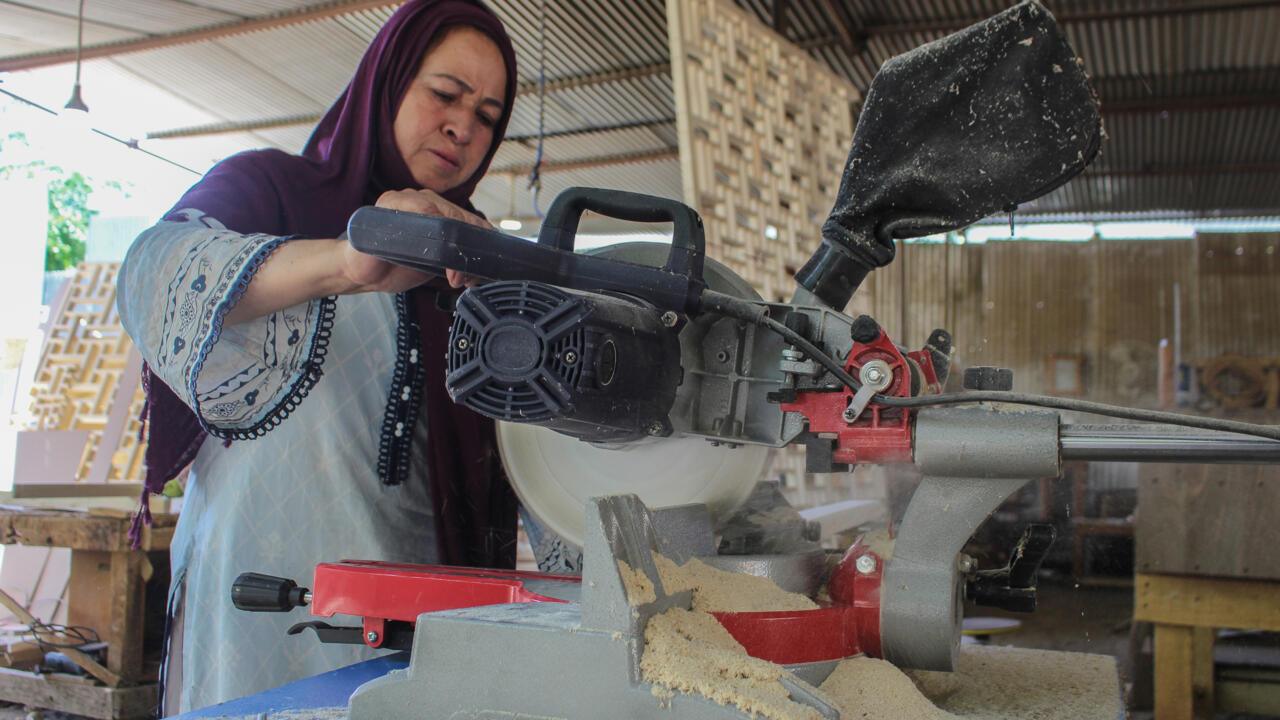Karimabad:
In a workshop filled with sawdust, nestled in the Karakoram mountains, a team of carpenters ciselle in the cupboards – and forge an unlikely career for themselves in Pakistan.
Women are only a fraction of the formal workforce of Pakistan. But in a collection of villages sprinkled along the old silk road between China and Afghanistan, a group of companies led by women holds expectations.
“We have 22 employees and trained a hundred women,” said Bibi Amina, who launched his carpentry workshop in 2008 at the age of 30.
The population of Hunza Valley of around 50,000 people spreads in the abundant mountains with apricot, cherry, nuts and mullet orchards.
AGA Khan opened a girl school in Hunza in 1946, launching an educational investment that passed the 97% valley literacy rate for men and women. This rate far exceeds the country’s average of around 68% for men and 52.8% for women.
As a result, attitudes have changed and women like Amina occupy widened roles. “People thought women were there to wash the dishes and do the laundry,” said Amina about the generation in front of her.
Trained by the Aga Khan Foundation to help renovate the former Altit Fort, Amina then used her skills to start her own business. Its carpenters are currently at the work of a luxury hotel commission.
The owner of the coffee, Lal Shehzadi, directed entrepreneurship for women’s restaurants in Hunza. She opened her coffee at the top of a winding high street to complete her husband’s little army pension.
Sixteen years later, its simple installation overlooking the valley has become a popular nocturnal tourist attraction. It serves traditional visitors, including yak meat, apricot oil and rich mountain cheese.
“At first, I worked alone,” she said. “Now 11 people work here and most of them are women. And my children are also working here.”
Following the traces of Shehzadi, Safina left her job to create her own restaurant about ten years ago. “No one wanted to help me,” she said. Finally, she convinced the family members to sell two cows and a few goats for the money she needed to launch her business.
Now she earns the equivalent of around $ 170 per month, more than 15 times her previous income.
The socio-economic progress of women in Hunza compared to the other rural areas of Pakistan have been motivated by three factors, according to Sultan Madan, head of the development organization of the Karakoram region and local historian.
“The main reason is the very high literacy rate,” he told AFP, largely with the Aga Khan Foundation to finance training programs for women.
“Secondly, agriculture was the backbone of the region’s economy, but in Hunza, land ownership was thin and that is why women had to work in other sectors.”




